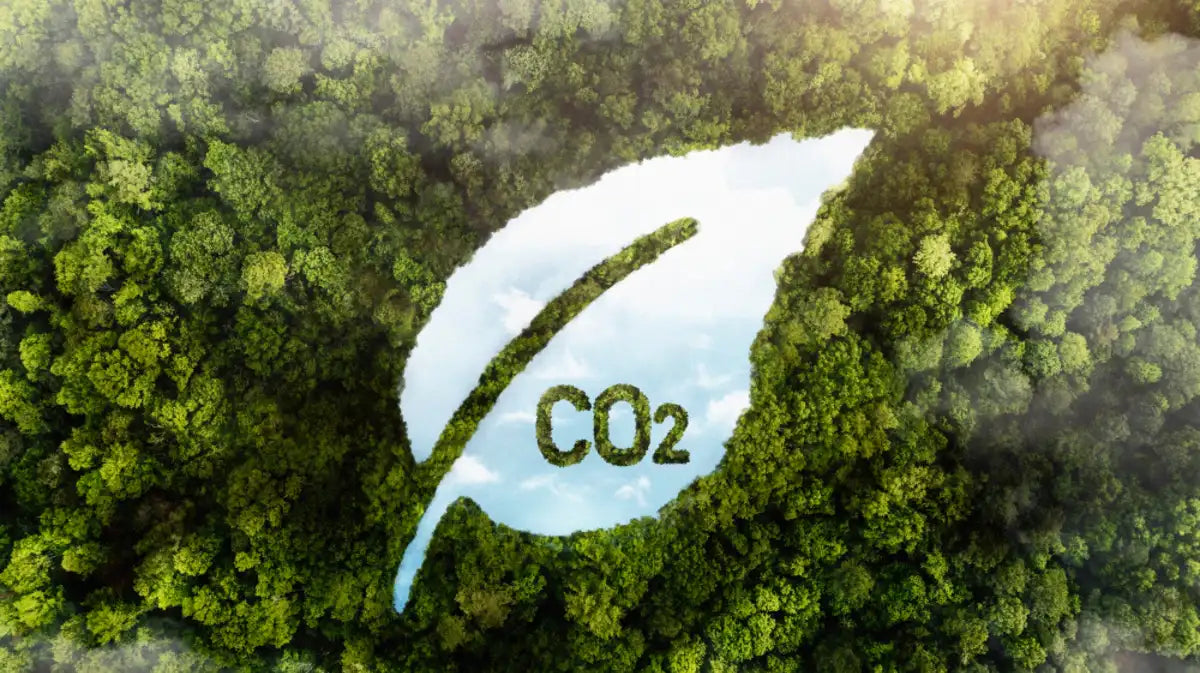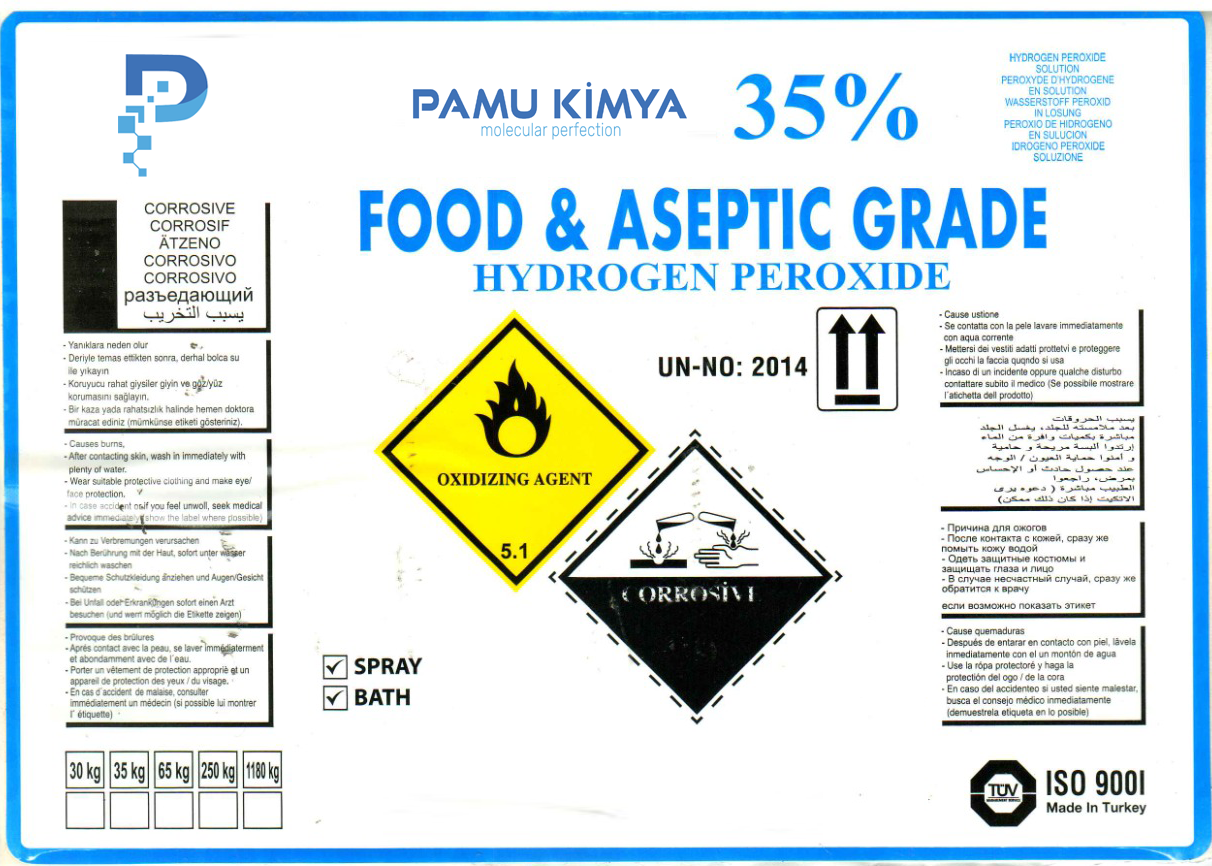
Carbon Footprint
Steps to be Taken to Protect Our Environment
Today, climate change is one of the greatest environmental threats facing humanity. Industry, transportation, energy production, and many activities in our daily lives release large amounts of greenhouse gases into the atmosphere. The most well-known of these gases is carbon dioxide (CO₂), and the concept of "carbon footprint" is used to determine its environmental impact. At Pamu Kimya, we are working to reduce our carbon footprint through sustainable production and environmentally friendly solutions.
What is Carbon Footprint?
A carbon footprint represents the total amount of greenhouse gases an individual, organization, or product releases into the atmosphere, both directly and indirectly. Typically measured in tons, the carbon footprint is influenced by factors such as energy consumption, transportation, production processes, and waste management.
Calculating Carbon Footprint
To determine the carbon footprint of a person or organization, the following key factors are evaluated:
-
Fossil Fuel Consumption : Use of energy sources such as electricity, natural gas, oil and coal.
-
Transportation : Personal vehicles, public transportation, air travel.
-
Nutritional Habits : Agriculture, animal husbandry and food logistics.
-
Industry and Production Processes : Energy consumption of factories, chemical processes.
-
Waste Management : Recycling, landfill and biological waste.
Environmental Impacts of Carbon Footprint
Excess carbon emissions accelerate global warming, causing problems such as:
-
Climate Change : Global temperature increase, drought, extreme weather events.
-
Melting of glaciers : Rising sea levels, flooding of coastal areas.
-
Forest Loss : Increased forest fires due to rising temperatures.
-
Decreasing Biodiversity : The degradation of ecosystems and the extinction of species.
Methods for Reducing Carbon Footprint
Individuals and companies can take various measures to reduce their carbon footprint:
1. Ensuring Energy Efficiency
-
Turning to renewable energy sources (solar, wind energy).
-
Using LED lighting and energy-efficient appliances.
-
Adopting low-carbon production techniques in factories.
2. Using Sustainable Alternatives in Transportation
-
Prefer public transport.
-
Turning to electric or hybrid vehicles.
-
Supporting environmentally friendly modes of transportation such as walking or cycling.
3. Improving Waste Management
-
Giving more importance to recycling processes.
-
Avoiding single-use plastic products.
-
Evaluating organic waste by composting.
4. Developing Sustainable Agriculture and Nutrition Habits
-
Consuming local and seasonal foods.
-
Preventing food waste.
-
Reducing agricultural carbon emissions by consuming less meat.
The Role of Companies in Reducing Their Carbon Footprint
Companies play a significant role in carbon emissions due to their large-scale production processes. At Pamu Kimya, we take several steps to minimize our carbon footprint by using environmentally friendly production techniques:
-
Green Chemistry Principles : Developing environmentally friendly chemical processes and biodegradable products.
-
Energy Saving : Using renewable energy sources in production facilities.
-
Waste Management and Recycling : Reducing waste and improving recycling processes.
Conclusion
Reducing our carbon footprint is the responsibility of both individuals and companies. Every step taken in the fight against global climate change is crucial for leaving a more livable world for future generations. At Pamu Kimya, we continue our efforts to protect our environment and minimize our carbon footprint through sustainable production policies. Let's act together for a greener world!















